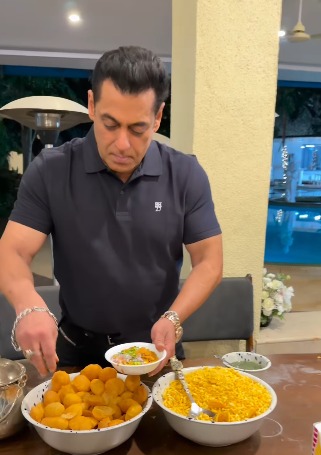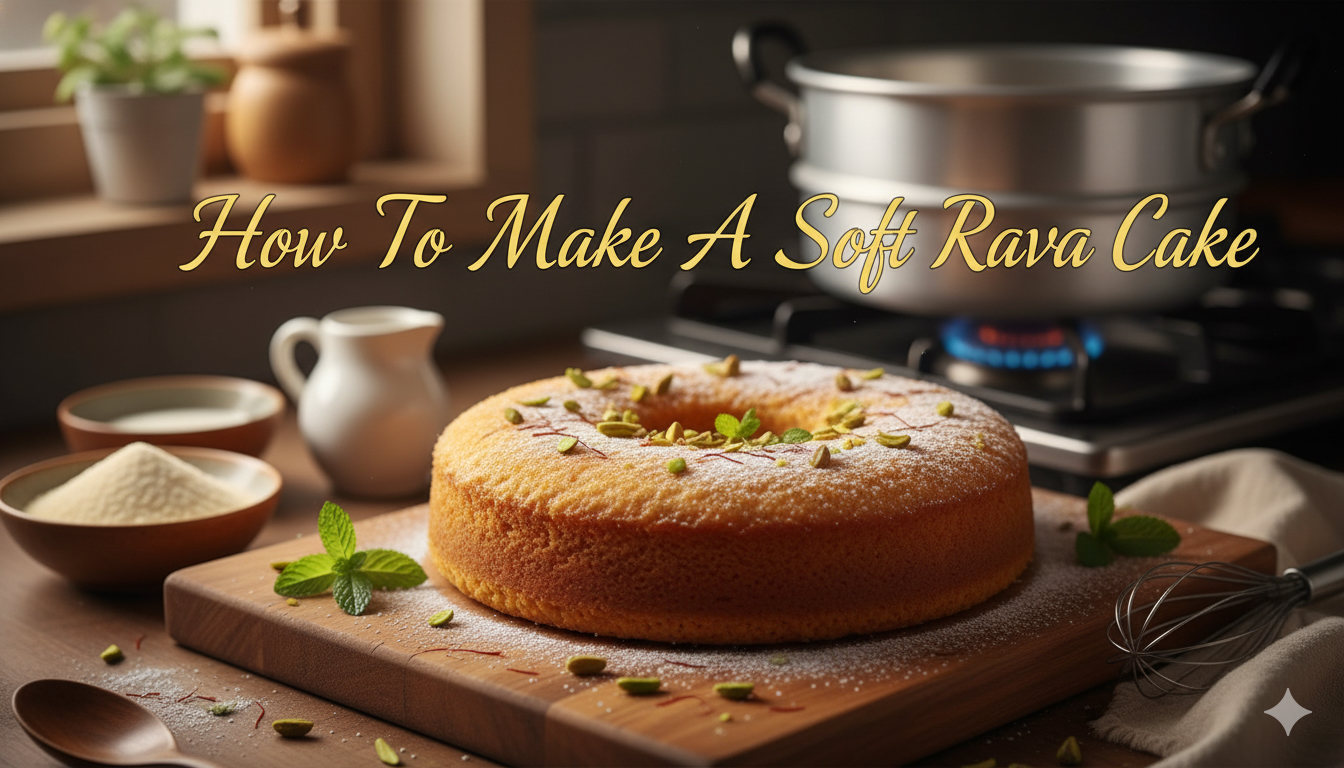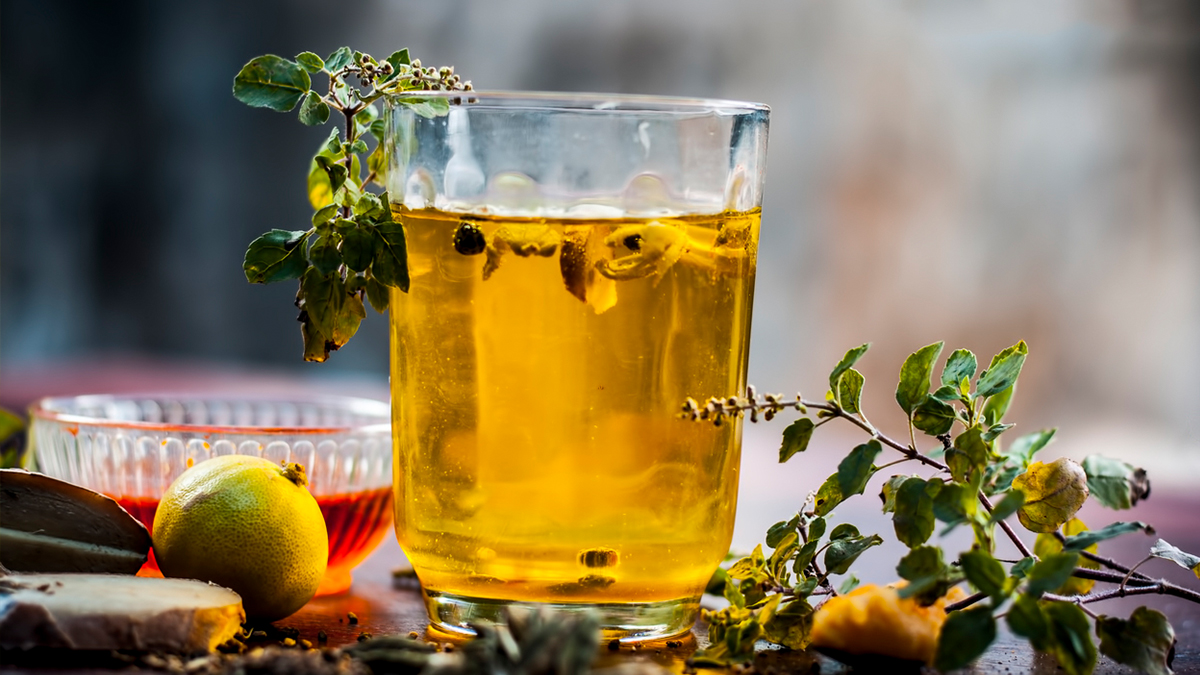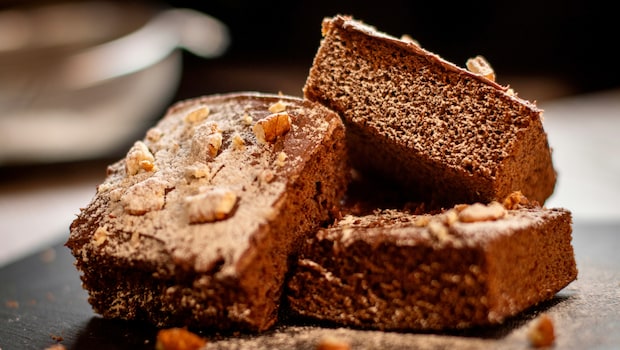When it comes to traditional Indian sweets, gulab jamuns may always hold iconic status, but the country's mithai spread runs far deeper—and often, far more interesting. From flaky classics to Instagram-favourite festive specials, there is a generous variety of sweets that deserve your attention. You do not need to wait for a wedding or a puja to enjoy them either; most of these are available on food delivery apps and mithai websites all year round. Whether you lean towards syrup-soaked indulgence or prefer something on the drier side, this is your cue to relook at what your dessert plate could include. These six Indian sweets are anything but basic - and absolutely worth adding to your next celebration, snack break, or sugar craving moment. And the best part? Many of these sweets are available at your nearby mithai shop too - simply order through a food app and savour them at home.
Here Are 6 Underrated Indian Sweets That Are Just As Good As Gulab Jamun
1. Balushahi: The Flaky Doughnut of Indian Sweets

This North Indian sweet resembles a doughnut—but not the soft and squishy kind. Balushahi has a crisp, flaky texture that crumbles slightly on the outside and remains soft inside. A good batch will also surprise you with a subtle tang, thanks to the yoghurt in the dough. Commonly found in sweet shops around Diwali and Holi, Balushahi is ideal if you like your sweets less sugary but still rich. It is indulgent, satisfying, and deeply nostalgic. Here's how you can make Balushahi at home.
Also Read: 5 Desserts That Fit Your Fitness Plan - All Under 80 Calories
2. Chocolate Barfi: A Modern Twist on a Classic
If your inner child wants something familiar yet fun, chocolate barfi is where nostalgia meets cocoa. It takes the soft, milky base of classic barfi and layers it with chocolate, often topped with chopped nuts and silver varq. This fusion sweet has become a go-to at kids' birthday parties and festive boxes, with many mithaiwalas now making it in bulk all year round. It bridges the gap between mithai and dessert in a way that feels current without losing its roots. Check out this easy recipe for Chocolate Barfi.
3. Ghewar: Rajasthan's Monsoon Special
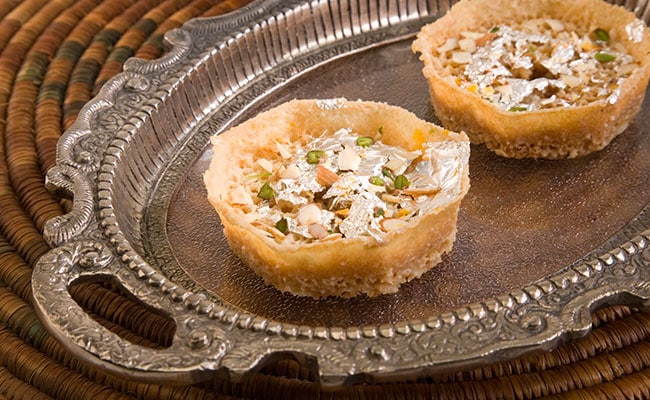
At first glance, ghewar looks more like a dessert sculpture than a mithai. With its honeycomb-like structure, this Rajasthani sweet is light, crisp, and surprisingly airy. Traditionally enjoyed during Teej and Raksha Bandhan, it is topped with malai, rabri, and saffron syrup—turning it into a decadent treat. The high humidity during the monsoon helps get the texture right, which is why ghewar feels extra satisfying this time of year. But thanks to online delivery, you can get it almost any time. Here's how you can make Ghewar at home.
4. Dry Fruit Laddoos: Guilt-Free, Festive Bites
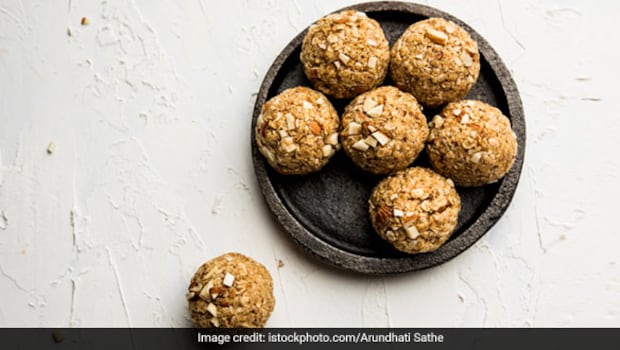
Dry fruit laddoos are the multitaskers of the mithai world. Made with ingredients like almonds, dates, anjeer, and pista, these are both festive and functional. They taste sweet but feel healthy-ish—especially when shaped into small, dense laddoos with minimal added sugar. Often found in Diwali hampers and wedding trays, they also work well as energy bites post-meal or even mid-day. Learn how to make dry fruit laddoos here.
5. Petha: Floral, Syrupy and Surprisingly Fresh

Do not underestimate petha by its size. This Agra-special sweet is made using ash gourd and soaked in fragrant sugar syrup that is sometimes flavoured with rose, saffron, or paan. It has a chewy, soft bite and a unique floral sweetness that sets it apart from rasgulla or sandesh. While it is one of the older sweets on this list, petha has found its way back into the spotlight through gourmet versions and flavoured variants. If you like rasgulla but want something a little different, petha is a solid upgrade. Here's the recipe.
6. Mysore Pak: The Buttery Classic That Melts in Your Mouth

This South Indian favourite is all about texture and richness. Made with just three ingredients—ghee, gram flour, and sugar—Mysore Pak melts instantly and leaves behind a warm, buttery trail on the tongue. It may look plain, but the balance of flavour and ghee-laden density gives it an unmatched charm. Once found mostly in South Indian homes, it is now available across India and on most mithai apps. If this made you hungry, take it as a sign to order some Mysore Pak now and sink into its delicious simplicity. Here's how to make Mysore Pak.
What Is the Most Famous Indian Sweet?
Among the countless traditional sweets, Gulab Jamun remains the most widely recognised and beloved across the country. Made from deep-fried khoya or milk solids and soaked in rose-flavoured sugar syrup, it has long dominated wedding menus, festive celebrations, and restaurant dessert lists. That said, sweets like jalebi, rasgulla, rasmalai, kulfi, and gajar ka halwa also enjoy cult status - and rightly so. You can easily find these classics on food delivery apps too - just a tap away when those dessert cravings hit.
How To Store Indian Mithais To Keep Them Fresh
1. Syrup-Based Sweets:
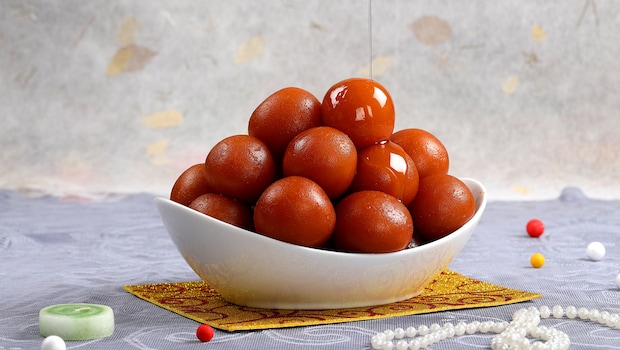
Keep sweets like gulab jamun, rasgulla, and angoori petha in airtight containers inside the fridge. Try to consume them within 2–3 days to maintain freshness and texture.
2. Dry Mithais:
Sweets like Mysore Pak, barfi, or dry fruit laddoos should be stored in a cool, dry space in sealed containers to avoid moisture.
3. Ghee-Based Sweets:
Keep away from heat or direct sunlight. Ghee can spoil quickly in high temperatures.
4. Separate Storage:
Store mithais away from strong-smelling foods in the fridge to prevent unwanted flavour crossovers.
Also Read: Want A Dessert Right Now? Make One Of These Recipes In Less Than 15 Mins
Do Some Mithais Taste Better in Certain Seasons?
Absolutely. Indian sweets often adapt to seasons - not just in how they are made but also in how they are enjoyed.
1. Monsoon: Ghewar thrives in the humidity, which helps develop its honeycomb texture.
2. Winter: Heavier sweets like Balushahi and Mysore Pak feel more warming and indulgent during cold months.
3. Summer: Lighter options like sandesh, angoori petha, or kulfi are perfect for cooling down.
4. Festive Season: Dry fruit laddoos, chocolate barfis, and coconut-based sweets tend to be popular choices during Diwali and the wedding season.
Disclosure: This article may contain links to third-party websites or resources. However, this does not affect the integrity of the content, and all recommendations and views are based on our independent research and judgment.

